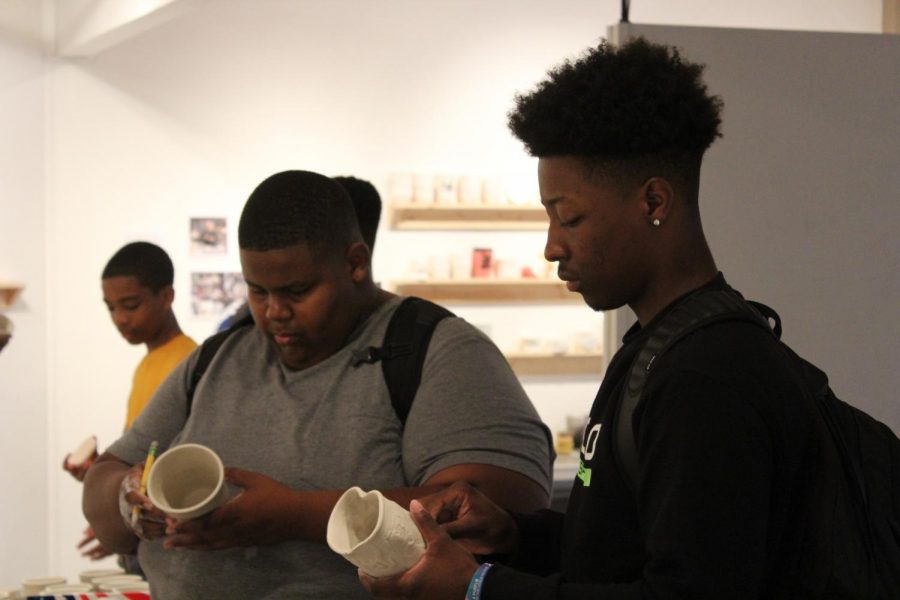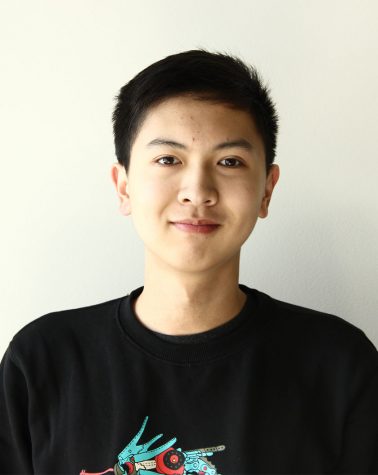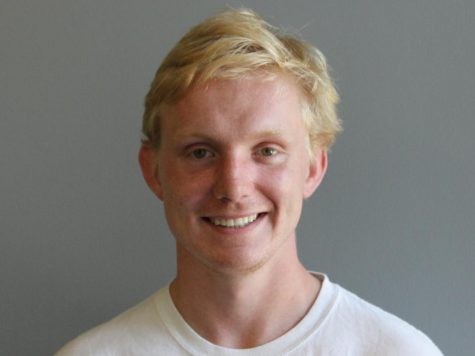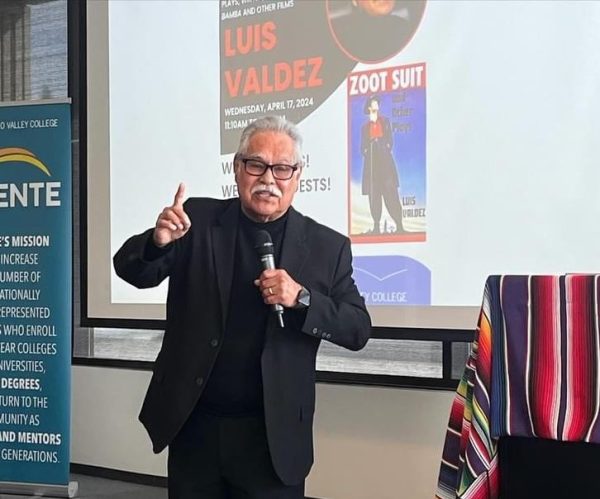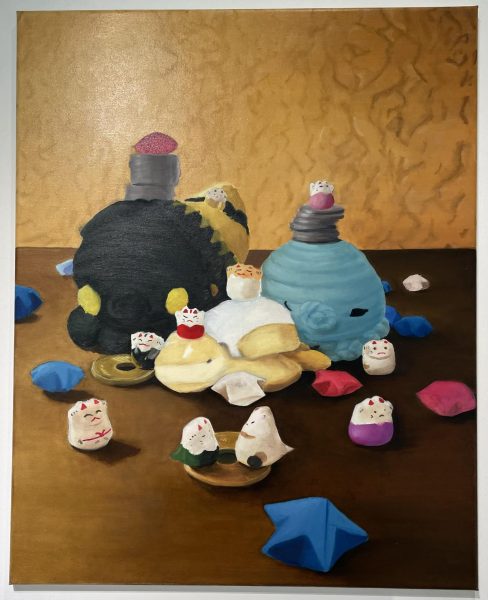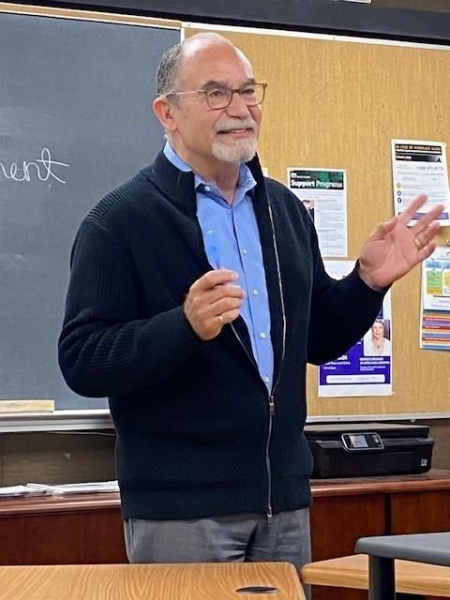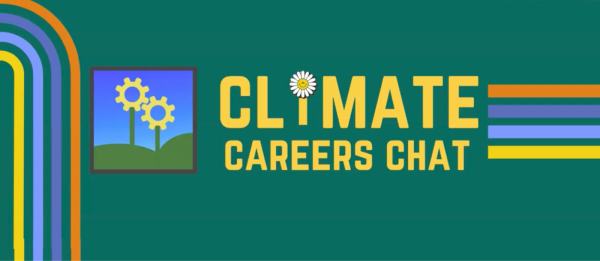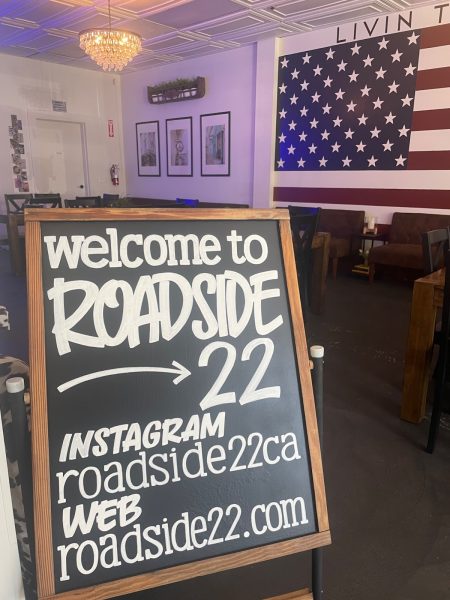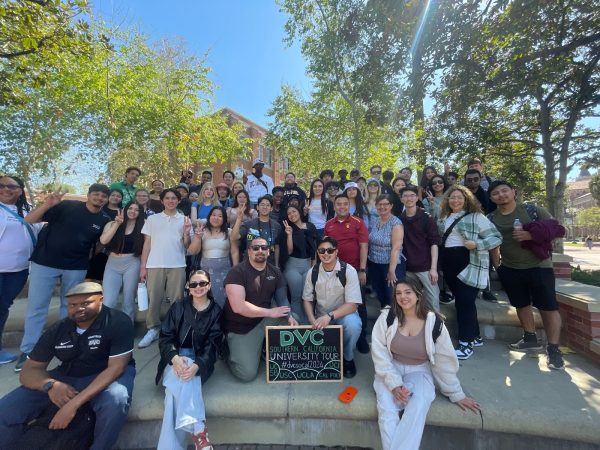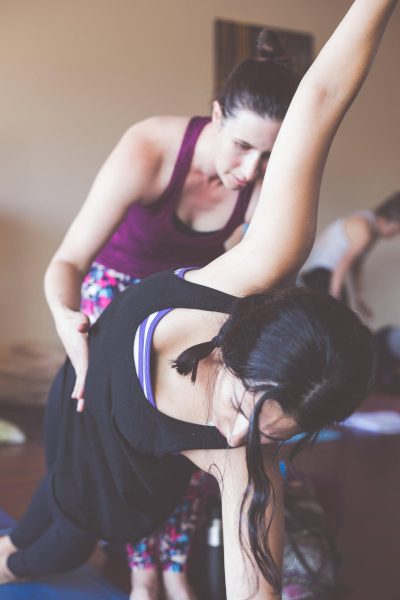DVC Veteran Alliance solidifies student-veteran bond with new art exhibit
Students examining their half-finished products inside the Power of a Cup exhibit, 23rd October 2018, (Edwin Chen/The Inquirer)
November 17, 2018
The gallery atop the Diablo Valley College’s art building gained a new face as ceramic cups lined beautifully across its walls, with a trenchful of sculpting tools, molds, and war memorabilia scattered across its tables. From Oct. 16 to Nov. 14, The DVC Veterans Alliance partnered with the art department and Berkeley artist Ehren Tool to open a brand new veteran-themed exhibit: The Power of a Cup.
“This is the first time we’ve had [an event] that’s this long and this large,” said Veteran Alliance president Leonard Baxa.
As the new president of the Alliance, Baxa shoulders identities as both a marine corps veteran and a full-time student. Baxa stated that it has always been his duty and concern as a leader to help fellow veterans adapt into school environments by sparking conversations between students and soldiers. Art, as it appears to Baxa, is an excellent inspiration for such conversations.
“As tragic and as bad as [war] is, we have to have conversations about it,” said Baxa. “Even though you can see the darkness, you can see beauty in art.”
The Power of a Cup exhibit invited students, veterans and even faculty members to visit the gallery and decorate cups, which are then put to the kiln each week and given away to participants at the closing presentation on Nov. 14.
The event has since welcomed dozens of visitors and produced just as many potteries. But more importantly, the event has heard plenty more stories that would have been otherwise left unspoken. The exhibit owes its success not only to president Baxa, but also art professor Karl McDade and ceramics artist Ehren Tool. The two have been throwing projects since 2001 and had given more than 20,000 cups away since then.
To Tool, a 1991 Gulf War Veteran, former embassy guard, and, currently, a ceramics mechanician at the University of California, Berkeley, his cups are beyond art pieces that raise awareness just by sitting along the side of a gallery.
“It’s an amazing act of ego to make anything, you know what I mean?” said Tool “I don’t have the heart to make pretty things to sit in a corner, so that’s part of the reason that [these cups] are functional. They serve a purpose.”
And that purpose, besides holding a good pint of hard cold whiskey, was to help people cope with post-war stress as a community, and as a family.
According to Tool, the ceramic cups can last upwards of a million years. It can sit and idle at a gallery, or it can rest at a home, where words all too painful to be spoken can eventually be shared with loved ones once they recognize the symbols and images on the cup. They are the best kind of war memorial beside peace, and, hopefully, they will become monuments of better memories to come.





































































